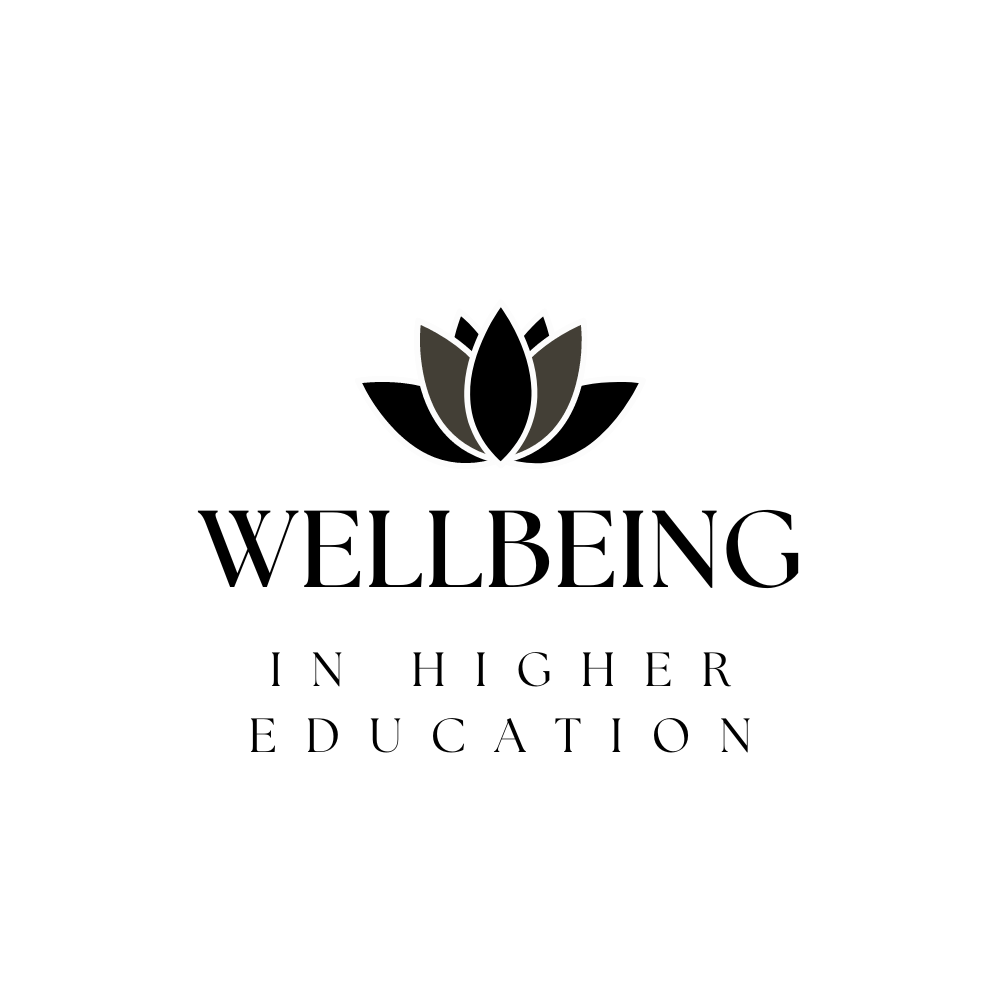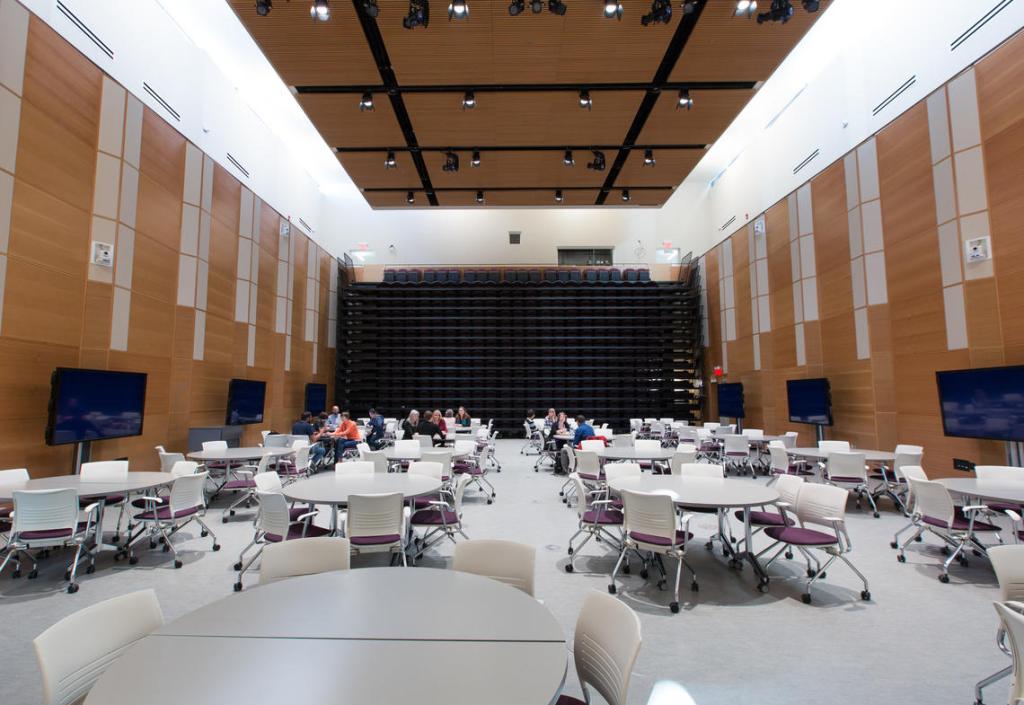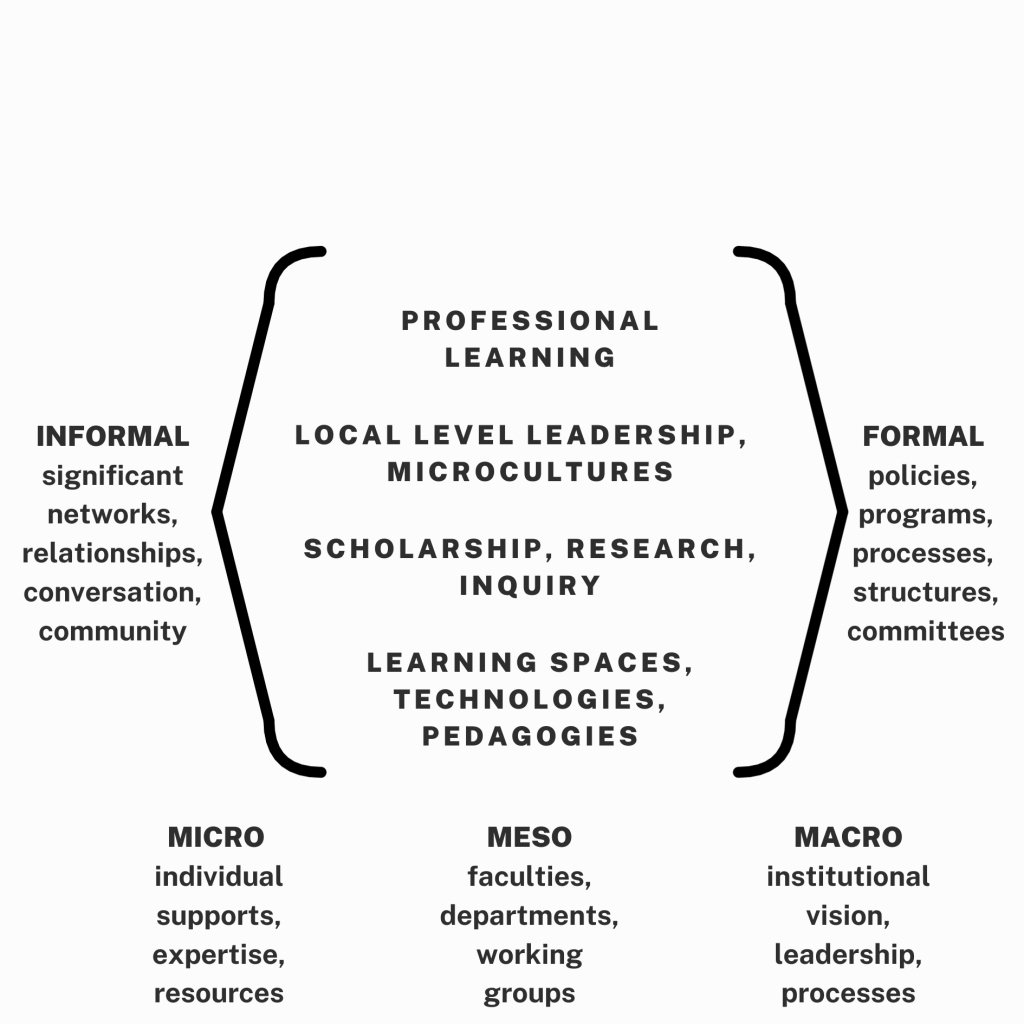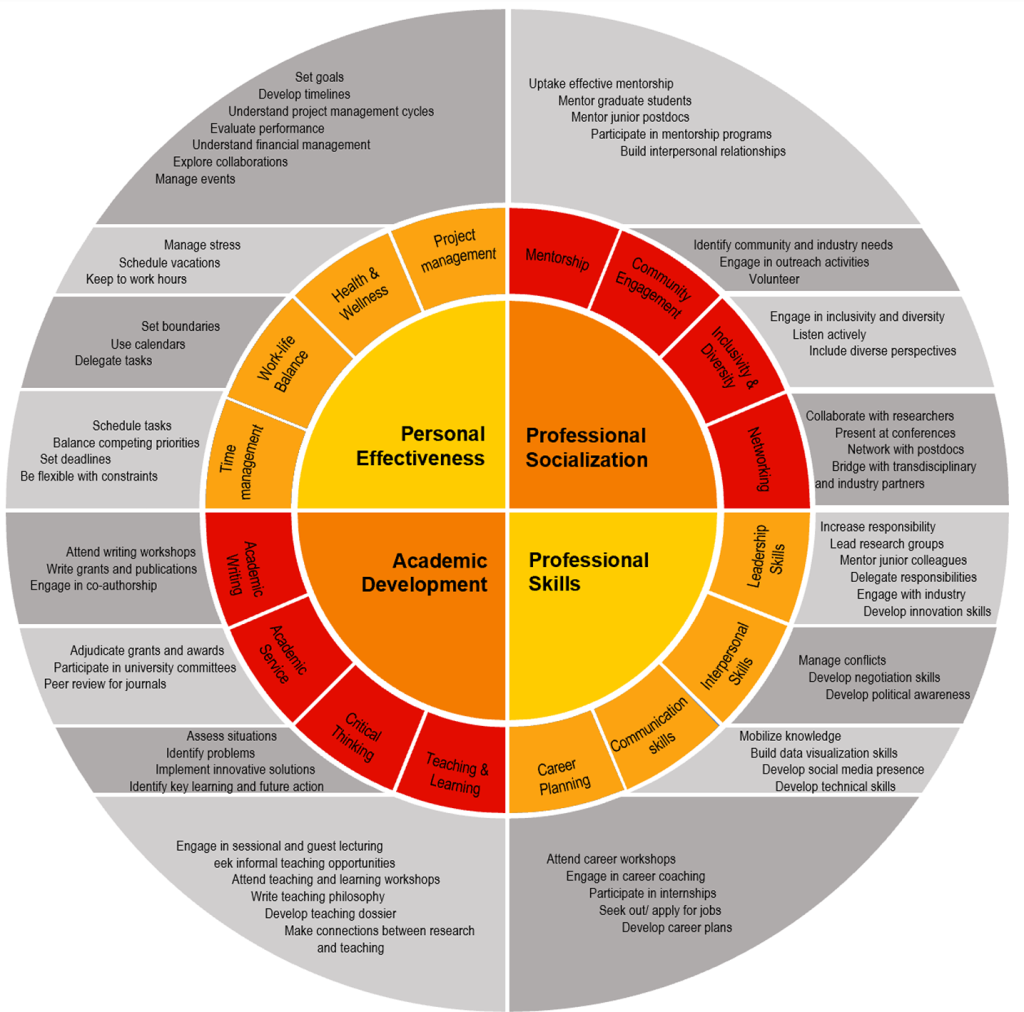
By: Natasha Kenny (Senior Director, Taylor Institute for Teaching and Learning)
and
Patti Dyjur (Educational Development Consultant, Taylor Institute for Teaching and Learning)
It’s been a tough couple of years for students and educators (Brazeau et al., 2020; Morgan and Simmons, 2021). Over the past few weeks, we’ve increasingly heard from our academic community that students and educators are struggling. There is an acknowledgement that we have not taken the time to intentionally reflect upon and heal from what we have experienced from the global pandemic. Our individual and collective wellbeing has and continues to suffer and students are experiencing a “skills gap” in their approaches to time management, organization, independence and commitment, and communication (Napierala et al., 2022). Without a doubt, we need more conversation and shared leadership to address our experiences moving forward (Abdrasheva et al., 2022; Garcia-Morales et al., 2021).
We’ve been thinking a lot about how to address some of the challenges students and educators are currently facing in their courses. Acknowledging that this work is complex and will have to be addressed across multiple organizational levels, we were drawn back to some of our earlier work on how the PERMA flourishing framework (Seligman, 2012) might be used to help? For example, Morgan and Simmons (2021) have used this framework to develop a wellbeing program in universities in the UK.
In a previous post we shared how the PERMA framework could be used to support student and educator wellbeing in the classroom. We share an adaptation of that post here:
Seligman’s (2012) PERMA model: Positive Emotions, Engagement, Relationships, Meaning, Accomplishment
Positive Emotions: feeling joy, hope and contentment; reducing stressors; promoting positive coping and resilience
For instructors: schedule daily, weekly and monthly time to replenish and recharge; get up from the keyboard and take a microbreak; implement gratitude practices; ask for help from a trusted colleague or ask if you can help them; practice self-compassion; keep a ‘happy day’ email folder to store and revisit thank you messages and notes of appreciation from colleagues and students.
For students: Implement incremental learning tasks; create low-stakes assignments; incorporate student voice in and flexibility in setting deadlines (we love the concept of late banks); incorporate class time to check-in with students; incorporate mindfulness/contemplative pedagogies; promote a positive learning environment for all by establishing community and presence and cultivating equity, diversity and inclusion; connect with students through strategies such as learning their names and checking in with them to see how things are going.
Engagement: feeling attached, involved and an ability to concentrate on activities; creating meaningful opportunities to draw upon strengths and interests
For instructors: talk to your colleagues/department head about your strengths and interests; bring your strengths and interests into the classroom; engage in your workspace where students and colleagues can see and connect with you (e.g., studio, office, lab); leverage zoom or other virtual spaces to connect one-one with students, colleagues, and small groups; rest, recharge and detach from work during vacation time (we know this one is tough!).
For students: provide choice in course activities and assignments; help students identify their strengths and interests through self-assessment activities and classroom discussion; encourage learning activities that relate to and encourage students to share their interests (e.g., discovering and sharing relevant readings and resources); bring relevant connections and “real-world” examples into the course to help students make meaning; incorporate collaborative activities in online courses such as jigsaws or world cafes; include online discussions to promote engagement; incorporate principles of Universal Design for Learning; incorporate variety in teaching and learning activities.
Relationships: feeling connected, supported, and cared about; promoting opportunities for collaboration and interaction within and amongst teams
For instructors: connect with a community of practice or learning community related to something that interests you; invite people for coffee; recognize your colleagues (e.g., write a letter of support or send a brief email of acknowledgement); ask for feedback from a trusted colleague; seek and/or offer peer mentorship; invite students to lead class discussions; intentionally connect with a colleague or community off-campus for fresh ideas and connections.
For students: Facilitate peer and active learning, problem-solving and discussion activities; encourage students to get up and move – change seats and connect with a “new neighbour”; encourage learners to talk to elbow partners (students next to them); encourage study groups and/or collaborative note-taking; set up informal study groups; foster an inclusive learning environment; build in supports to facilitate positive team dynamics if assigning group work.
Meaning: feeling valued and connected to something greater than self; connecting to purpose; promoting reflection
For instructors: seek opportunities to mentor and provide positive feedback to colleagues; participate in a teaching square/triangle; prepare and/or revise a philosophy statement that speaks to your core values and purpose as a teacher – share this with students and/or a colleague; reflect on your teaching goals and impact (where are you making a difference? where would you like to further make a difference?)
For students: Model reflection (sharing what you learned from your mistakes); promote co-op programs and experiential learning opportunities; provide context around how student learning in the course is connected to students’ academic, personal and professional development; have students set their own goals for learning; collect and respond to mid-semester student feedback – stop, start, continue; encourage metacognitive activities (e.g. exam wrappers); relate course concepts and topics to current events; have students create their own materials such as graphic organizers/ notes, concept maps, and summary notes.
Accomplishment: progressing towards goals; feeling capable and a sense of accomplishment; providing autonomy; celebrate success
For instructors: Keep notes of your successes (e.g. after class, at end of the week); celebrate small wins and achievements along the way (e.g. have coffee with a colleague; keep a stack of sticky notes to document what’s working on the corner of your desk; acknowledge that accomplishments come in many shapes and forms; share goals with a mentor/supportive colleague; connect with colleagues you trust to help each other with accountability and perspective; provide space to share key teaching successes and learnings at department meetings.
For students: Share positive and balanced feedback; encourage students to recognize their successes in a final course reflection; allow students to select from a series of questions to respond to in their assignments; design open-ended projects to give students choice in a topic that interests them; allow students to demonstrate their learning and reflect on it with online portfolios.
We continue to wonder:
How could these approaches and this framework be used to further support educator and student wellbeing as we continue to learn and heal from our teaching and learning experiences during the pandemic?
Overall, how might we design courses to promote a sense of wellness, for both students and instructors?
How might we more broadly foster well being through our assessment practices across higher education?
References:
Abdrasheva, D., Escribens, M., Sabzalieva, E., Vieira do Nascimento, D., & Yerovi, C. (2022). Resuming or reforming? Tracking the global impact of the COVID-19 pandemic on higher education after two years of disruption. Instituto Internacional de la UNESCO para la Educación Superior en América Latina y el Caribe. https://unesdoc.unesco.org/ark:/48223/pf0000381749
Brazeau, G. A., Frenzel, J. E., & Prescott, W. A. (2020). Facilitating wellbeing in a turbulent time. American journal of pharmaceutical education, 84(6). https://www.ajpe.org/content/84/6/ajpe8154.short
García-Morales, V. J., Garrido-Moreno, A., & Martín-Rojas, R. (2021). The transformation of higher education after the COVID disruption: Emerging challenges in an online learning scenario. Frontiers in Psychology, 12, 616059. https://www.frontiersin.org/articles/10.3389/fpsyg.2021.616059/full
Morgan, B., & Simmons, L. (2021, May). A ‘PERMA’response to the pandemic: an online positive education programme to promote wellbeing in university students. In Frontiers in Education (Vol. 6, p. 642632). Frontiers Media SA. https://www.frontiersin.org/articles/10.3389/feduc.2021.642632/full
Napierala, J., Pilla, N., Pichette, J., & Colyar, J. (2022) Ontario Learning During the COVID-19 Pandemic: Experiences of Ontario First-year Postsecondary Students in 2020–21. Toronto: Higher Education Quality Council of Ontario. https://heqco.ca/pub/ontario-learning-during-the-covid-19-pandemic-experiences-of-ontario-first-year-postsecondary-students-in-2020-21/
Seligman, M. (2012). Flourish: A visionary new understanding of happiness and well-being. Atria books.





